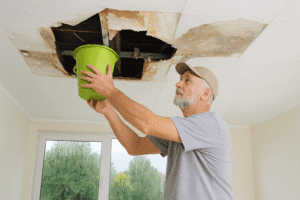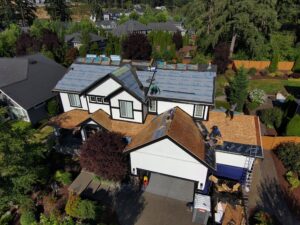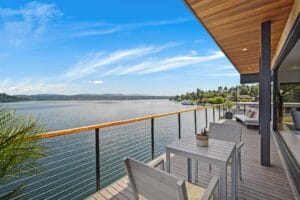Wondering what the different types of roof shingles are — and which one’s best for your home? The answer depends on what you value most: cost, longevity, energy efficiency, or curb appeal. From affordable asphalt to timeless cedar, sleek metal, and even solar-integrated options, homeowners today have more choices than ever when it comes to modern roofing materials.
In this guide, we’ll walk you through the most popular roof shingle types used across the Pacific Northwest, comparing their appearance, durability, and lifespan so you can make an informed decision. You’ll also find a quick comparison chart and a step-by-step decision matrix to help narrow down your top choices based on your budget and priorities.
Still planning your roofing budget? Check out our full guide in average cost roof replacement to estimate project pricing before you begin.
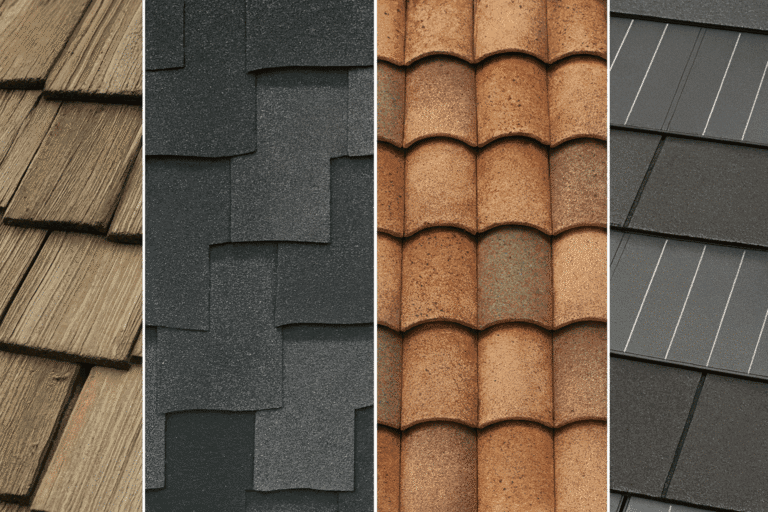
Quick Comparison at a Glance
Before diving into each material, here’s a side-by-side overview of the most common roof shingle types — their appearance, cost range, lifespan, and ideal applications. This quick chart will help you spot which roofing materials best fit your style, budget, and long-term goals.
| Shingle Type | Look / Style | Relative Cost | Typical Lifespan | Best For | Notes |
|---|---|---|---|---|---|
| Asphalt (3-Tab, Architectural, Luxury) | Traditional → Premium | Low–Med | 15–50 yrs | Budget → mainstream | Fast install, wide color options |
| Cedar | Warm, natural | Med–High | 20–25 yrs | Classic PNW aesthetic | Needs regular upkeep |
| Composite | Mimics slate/cedar | Low–Med | 20–30 yrs | Lightweight alternative | Quality varies by brand |
| Metal Shingles | Sleek, modern | Med–High | 50–100+ yrs | Longevity & energy efficiency | Excellent for harsh weather |
| Slate | High-end, timeless | High | 60–150 yrs | Luxury homes | Natural slate is heavy |
| Tile | Mediterranean, classic | High | Up to 100 yrs | Hot, sunny climates | Requires strong structure |
| Solar Shingles | Low-profile solar | High | 20–30 yrs | Energy-conscious homeowners | Works best with full sun exposure |
Asphalt Shingles
Asphalt shingles are the most popular roofing material in the U.S. — and for good reason. They’re affordable, versatile, and easy to install, offering a reliable balance of durability and design flexibility. Whether you’re building a new home or replacing an aging roof, asphalt remains one of the most cost-effective and proven options available.
Types of Asphalt Shingles
There are three main types of asphalt shingles, each with distinct aesthetics and price points:
- 3-Tab Shingles: Flat and uniform, these are the classic budget-friendly option. They provide a clean, traditional look that works well for simple roof designs.
- Architectural Shingles: Also called dimensional shingles, they feature multiple layers for a richer texture and better wind resistance — the most common choice for modern homes.
- Luxury Shingles: Premium versions designed to replicate slate or wood shakes, offering a high-end aesthetic without the weight or maintenance of natural materials.
Want to see how asphalt compares to other materials? Check out our detailed guide on Metal Roof vs Shingles to understand performance differences in cost, energy efficiency, and longevity.
Pros & Cons of Asphalt Shingles
Pros
- Affordable and widely available
- Quick, simple installation
- Wide range of colors and styles
- Moderate maintenance requirements
- Works well in most Pacific Northwest climates
Cons
- Shorter lifespan than premium materials like metal or slate
- Can be prone to algae or moss in wet climates if not treated
- Less energy-efficient than reflective roofing options
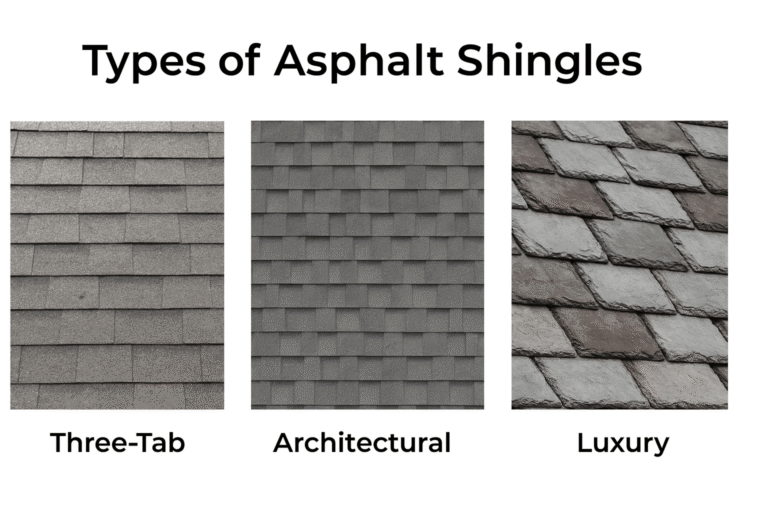
Cedar (Wood) Shingles & Shakes
Cedar shingles bring warmth, texture, and timeless Pacific Northwest charm to any home. Whether you choose smooth-cut shingles or hand-split shakes, this natural roofing option offers beauty that blends seamlessly with Washington’s wooded landscapes. Cedar is especially popular among homeowners seeking a balance between sustainability and style.
Look & Maintenance
Cedar shingles and shakes age beautifully, shifting from a rich honey tone to a silvery gray patina over time — a signature look across the Pacific Northwest.
However, this natural appeal requires regular care:
- Annual cleaning to prevent moss and debris buildup.
- Periodic treatments for fire resistance and algae protection.
- Routine inspections to replace cracked or warped pieces caused by moisture or UV exposure.
Pro Tip: To preserve cedar’s color longer, ask your Kirkland roofing contractor
about UV-protective stains and breathable waterproof coatings that won’t trap moisture.
Pros & Cons
Pros:
- Naturally insulating and breathable.
- Renewable and biodegradable material.
- Distinctive, rustic aesthetic that enhances curb appeal.
Cons:
- Requires regular upkeep and treatments.
- Not naturally fire-resistant without additional coating.
- Can be more expensive than asphalt or composite shingles.
Cedar shingles remain one of the most visually stunning roofing choices in the PNW — but if you’re comparing long-term cost or durability, you may want to explore alternatives.
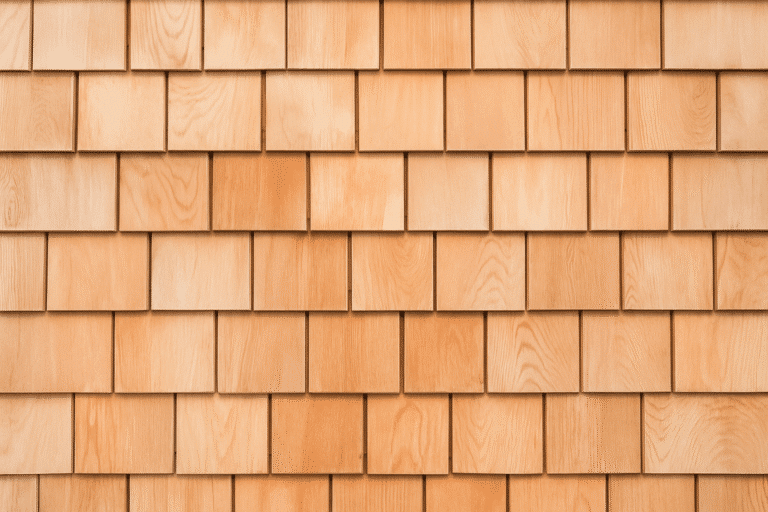
Composite Shingles
Composite shingles are a smart alternative for homeowners who love the look of natural slate or cedar but want something lighter, longer-lasting, and easier to maintain. Made from engineered and often recycled materials, these shingles combine durability with design versatility — perfect for Pacific Northwest homes seeking style without constant upkeep.
What They Are
Composite shingles are synthetic roofing materials crafted from polymers, recycled plastics, and other eco-friendly components. They’re engineered to mimic premium roofing styles like slate or cedar shake while offering significantly lower weight and maintenance.
Because they’re lighter than natural materials, composite shingles are easier to install and put less stress on the roof structure — making them a great fit for both remodels and new builds.
Sustainability tip: Many brands now use up to 80% recycled materials. If you’re exploring green roofing options, check out our Eco-Friendly Roofing guide to compare sustainability benefits.
Talk to an expert Puyallup roofing contractor to find out if composite is right for your home.
Pros & Cons
Pros:
- Lightweight and easy to install
- Mimics slate or cedar with realistic texture and color
- Resistant to algae, mold, and impact
- Often made from recycled or sustainable materials
Cons:
- Shorter lifespan than metal or slate
- Durability can vary by manufacturer
- Some synthetic options may fade over time if not UV-stabilized
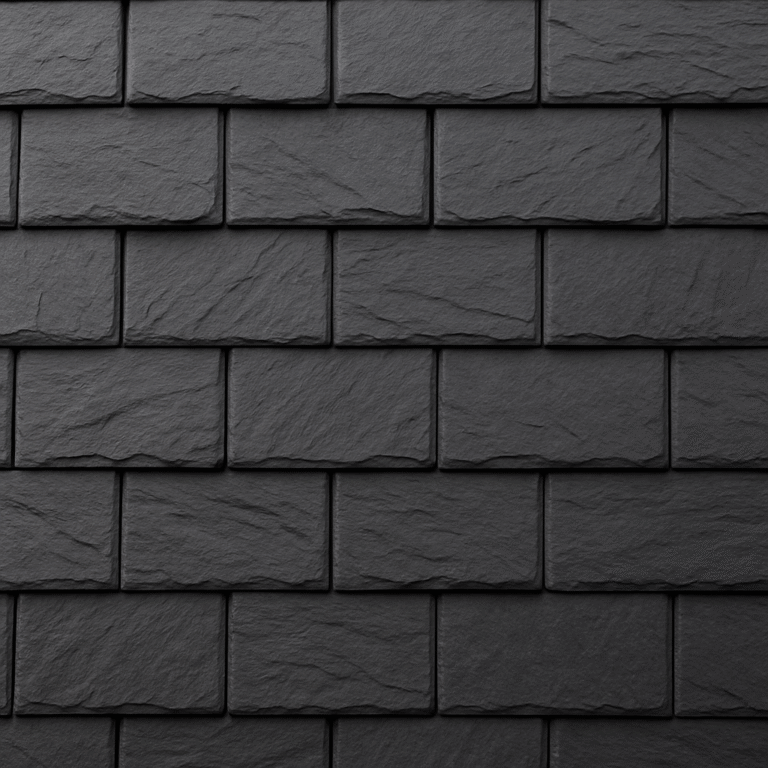
Metal Shingles
Metal shingles combine modern performance with long-term durability, offering one of the most weather-resistant roofing solutions available. Their interlocking panels protect against wind, rain, and snow — ideal for the Pacific Northwest climate — while their sleek profiles elevate curb appeal from traditional to contemporary homes.
Materials
Metal shingles are available in several durable options, each with unique benefits:
- Steel: The most common and cost-effective choice. Steel shingles are strong, versatile, and often coated with zinc or aluminum for corrosion resistance.
- Aluminum: Naturally rust-resistant and lightweight, aluminum performs well in wet coastal environments.
- Copper: A premium material that develops a rich patina over time, adding character and timeless beauty while lasting for generations
For region-specific installation insights, connect with our Roofing Contractors in Olympia, WA — experts in metal roofing systems built for Northwest weather..
Pros & Cons
Pros:
- Exceptional durability and lifespan (50+ years)
- Energy-efficient, reflecting sunlight and reducing cooling costs
- Fire-resistant and weatherproof
- Minimal maintenance required
Cons:
- Higher upfront cost than asphalt or composite
- May require professional installation due to interlocking design
- Noise potential during heavy rain (easily mitigated with attic insulation)
Metal shingles are the go-to choice for homeowners seeking decades of protection and modern elegance.
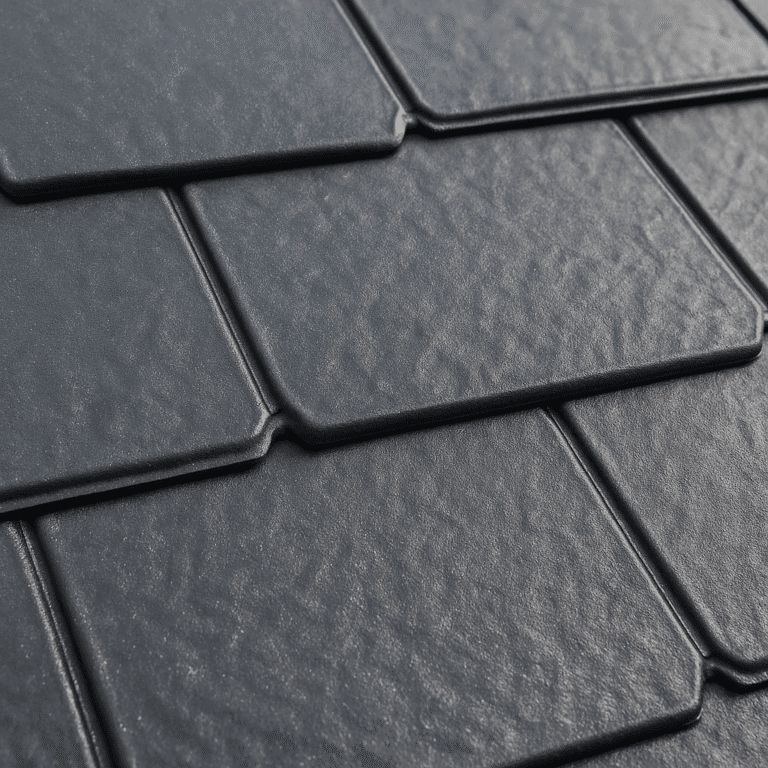
Slate Roofing (Natural & Synthetic)
Slate roofing is the pinnacle of timeless beauty and durability. Known for its natural elegance and exceptional lifespan, slate can transform any home into a statement of craftsmanship and longevity. Whether you choose authentic quarried stone or synthetic slate alternatives, both offer unique benefits depending on your budget and structural requirements.
Natural Slate
Natural slate is a premium roofing material made from stone that’s hand-split into thin, durable tiles. It’s prized for its natural variation in color and texture — often ranging from deep gray to subtle green and purple hues.
Slate roofs can last 75 to 150 years or more, making them one of the longest-lasting roofing systems available. However, natural slate is heavy, requiring proper roof reinforcement and expert installation. Its cost and structural demands make it ideal for luxury or historic homes where longevity and authenticity are top priorities.
Synthetic Slate
Synthetic slate offers the same refined appearance as natural stone at a fraction of the cost and weight. Made from engineered composites or recycled polymers, it provides lightweight durability, easier installation, and a lower environmental impact.
These shingles resist cracks and fading while maintaining the rich, dimensional texture of traditional slate. Synthetic slate is also a great option for homeowners who love the look but don’t want to retrofit their roof structure to support real stone.
Slate — whether natural or synthetic — delivers unmatched beauty and endurance. It’s a top-tier choice for homeowners who see their roof not just as protection, but as an architectural investment that lasts for generations.
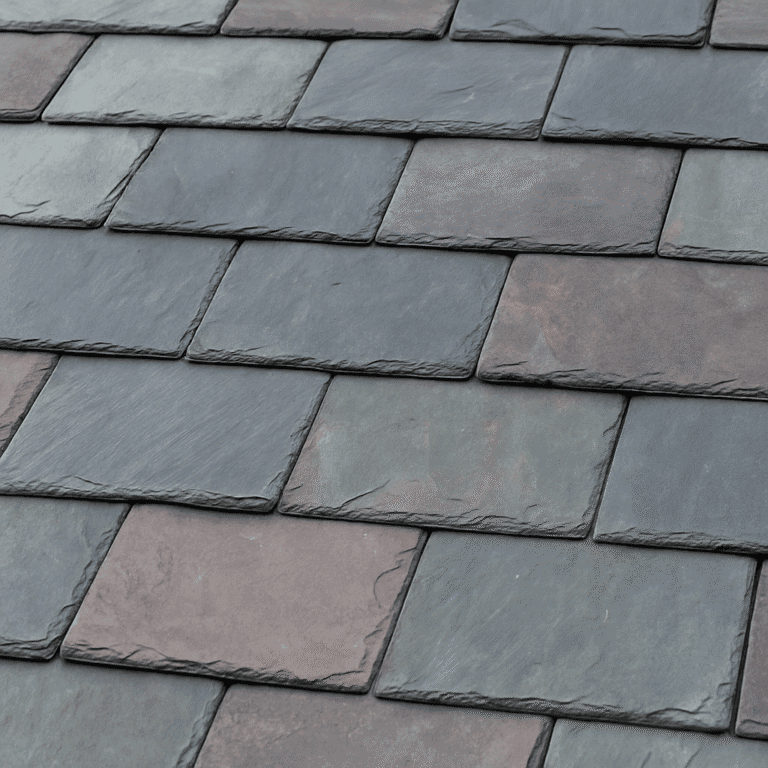
Tile Roofing (Clay, Concrete & Brava Composite Tile)
Brava Tile roofing has long been associated with timeless beauty and exceptional longevity. From traditional clay and concrete to modern composite materials like Brava Roof Tile, homeowners today can enjoy the same Mediterranean-style charm with improved efficiency and reduced maintenance.
Where Tile Shines
Tile roofs perform exceptionally well in hot, sunny climates — but they’re equally effective in the Pacific Northwest thanks to their durability and resistance to moisture. Both clay and composite tiles are fire-resistant, fade-resistant, and capable of withstanding decades of exposure without losing their elegant finish.
Brava composite tiles, in particular, offer the look of traditional clay or slate but are made from lightweight, recycled materials — making them easier to install on a wider range of roof structures.
Curious about premium composite options? Contact our Brava Roofing Contractors
Pros & Cons
Pros:
- Extremely long lifespan with minimal maintenance
- Natural insulation for heat and sound
- Exceptional resistance to fire, rot, and insects
- High-end appearance that boosts curb appeal
Cons:
- Heavy — often requires roof reinforcement (except for composite tiles like Brava)
- Higher upfront installation costs
- Brittle under heavy impact if not composite
For a breakdown of pricing, materials, and lifespan, connect with our Kirkland roofing contractor team to explore design options for your home.
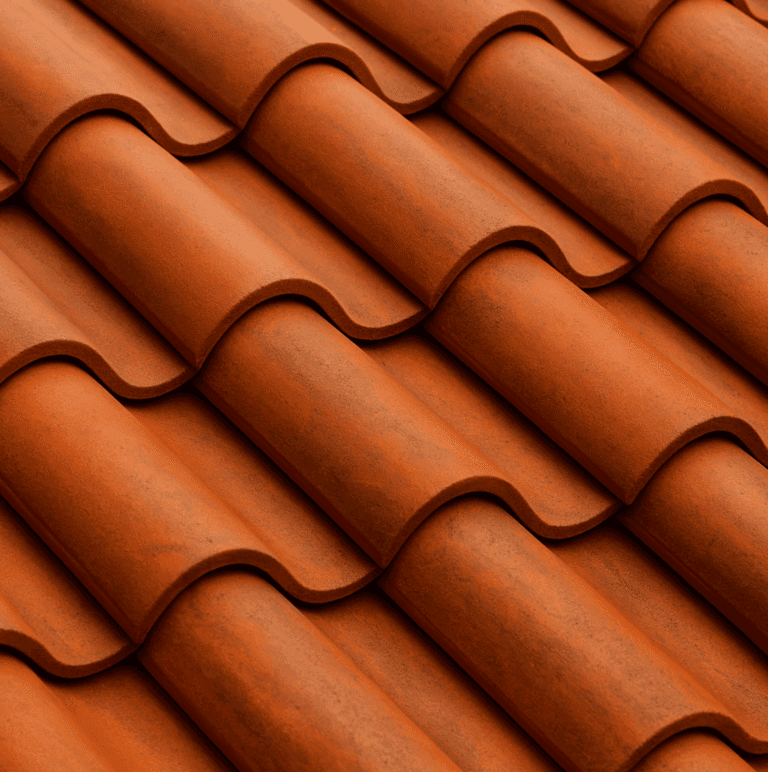
Solar Shingles
Solar shingles are the future of roofing — combining energy efficiency with a sleek, integrated look. Unlike bulky solar panels, solar shingles double as your roofing material, converting sunlight into electricity while protecting your home from the elements. They’re a perfect fit for homeowners who want clean energy without compromising on design.
How They Work vs. Panels
Solar shingles work just like traditional photovoltaic (PV) panels, but they’re designed to blend seamlessly with your roofline. Each shingle contains solar cells that capture sunlight and convert it into usable electricity for your home.
Here’s how they differ from standard panels:
- Aesthetics: Solar shingles sit flush with your roof, offering a more discreet, architectural finish.
- Functionality: They act as both your roof covering and power source — no need for separate mounting systems.
- Orientation: For optimal performance, shingles should be installed on south-facing slopes with minimal shading.
Pros & Cons
Pros:
- Generates renewable solar energy while serving as a roof covering
- Sleek, low-profile design that integrates with modern architecture
- Reduces utility bills over time
- Increases home resale value
Cons:
- Higher upfront installation cost than traditional shingles
- Works best in sunny climates or unshaded roofs
- Repairs or replacements may require specialized installers
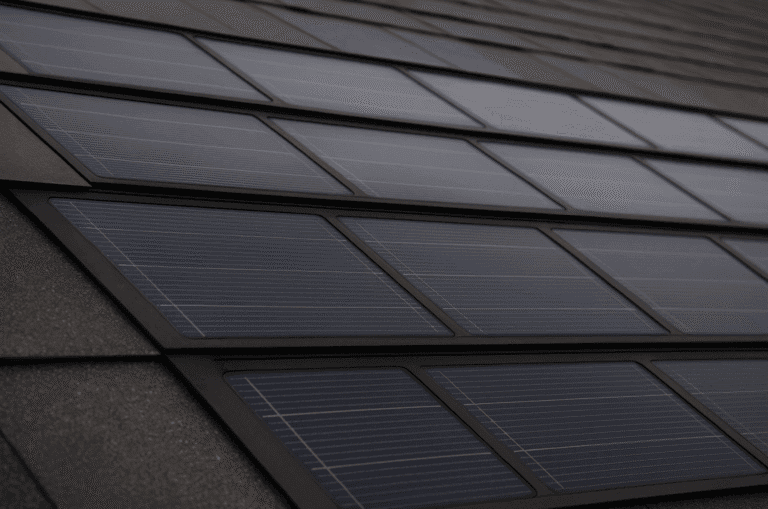
Final Thoughts – Finding the Right Roof for Your Home
Choosing between different types of roof shingles isn’t just about style — it’s about balance. The right material should fit your home’s architecture, local weather, and long-term goals. Asphalt remains the go-to for affordability, while cedar and slate offer timeless beauty. Metal and solar shingles bring innovation and longevity to modern homes.
For Pacific Northwest homeowners, think beyond appearance. Moisture resistance, proper ventilation, and quality installation are what truly protect your investment. Whether you’re aiming for energy efficiency, low maintenance, or curb appeal, there’s a roofing material designed for your priorities.
No matter which roofing material you choose, having an experienced local contractor ensures a long-lasting installation. Orca Roofing & Exteriors proudly serves homeowners across the Puget Sound with expert craftsmanship and premium materials built for the Pacific Northwest climate.
Request your free roofing estimate today
Service Area Links
- Talk to a Kirkland roofing contractor about asphalt, metal, or slate options.
- Compare materials and pricing with a Puyallup roofing contractor to balance budget and longevity.
Get bids and insights from roofing contractors Olympia WA before finalizing your project.
Frequently Asked Questions About Roof Shingle Types
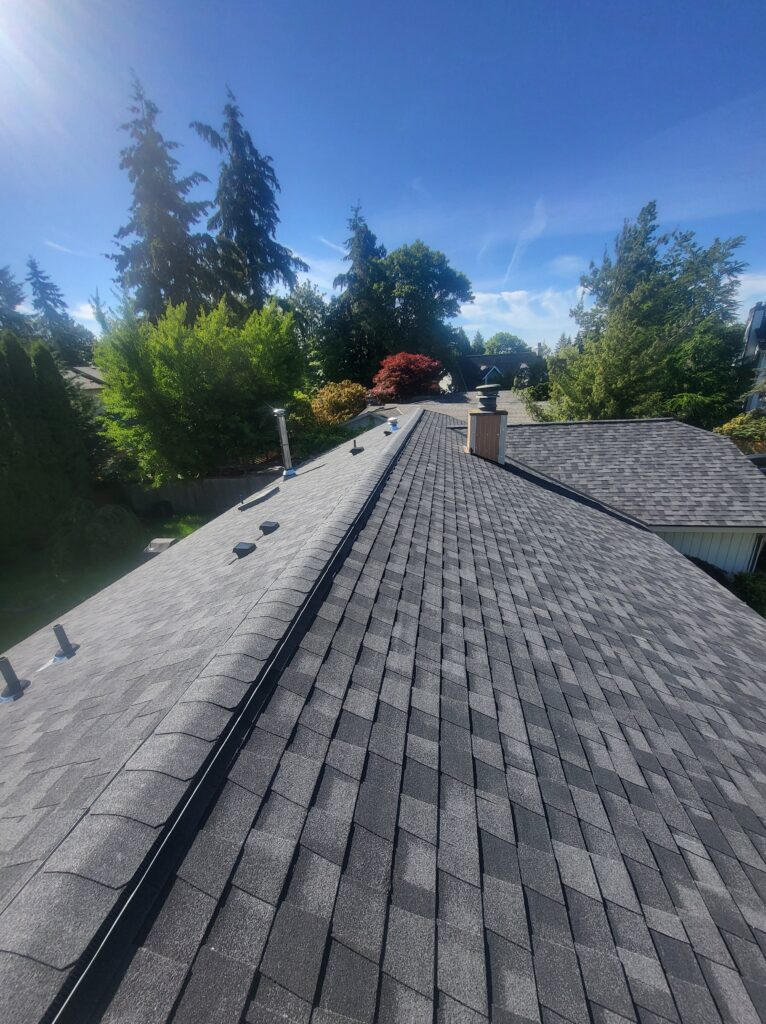
What type of roof shingles last the longest?
Slate and metal shingles offer the longest lifespan. Natural slate can last 75 to 150 years with minimal maintenance, while high-quality metal roofs—especially standing seam and copper—can last 50 years or more. Both materials are highly durable, weather-resistant, and ideal for homeowners who want a long-term investment rather than frequent replacements.
Which shingles are best for rainy Pacific Northwest weather?
In the Pacific Northwest’s wet climate, metal and composite shingles perform best. Metal naturally resists moss, algae, and rot, while composite materials like Brava Roof Tile or other engineered shingles handle heavy rainfall without warping. Asphalt shingles with proper roof ventilation can also perform well when professionally installed and maintained.
Are architectural shingles worth it?
Yes — architectural shingles are generally worth the upgrade. They offer a layered, dimensional look, better wind resistance, and 25–35 years of durability, compared to about 15–25 years for 3-tab shingles. While they cost slightly more, homeowners often find the improved appearance and longer lifespan worth the investment.
Do cedar or metal roofs need special ventilation?
Yes. Both cedar shake roofs and metal shingles require proper ventilation to prevent trapped moisture and condensation. Good airflow helps extend the lifespan of the roof and prevents issues like mold or rot — especially important in Washington’s humid, coastal climate. A certified roofing contractor can ensure your system meets code and performs efficiently.
What shingles are best for energy efficiency?
For energy-conscious homeowners, metal and solar shingles top the list. Metal reflects sunlight to reduce heat absorption, keeping your home cooler in summer. Solar shingles go a step further by producing clean electricity, helping offset utility costs.
